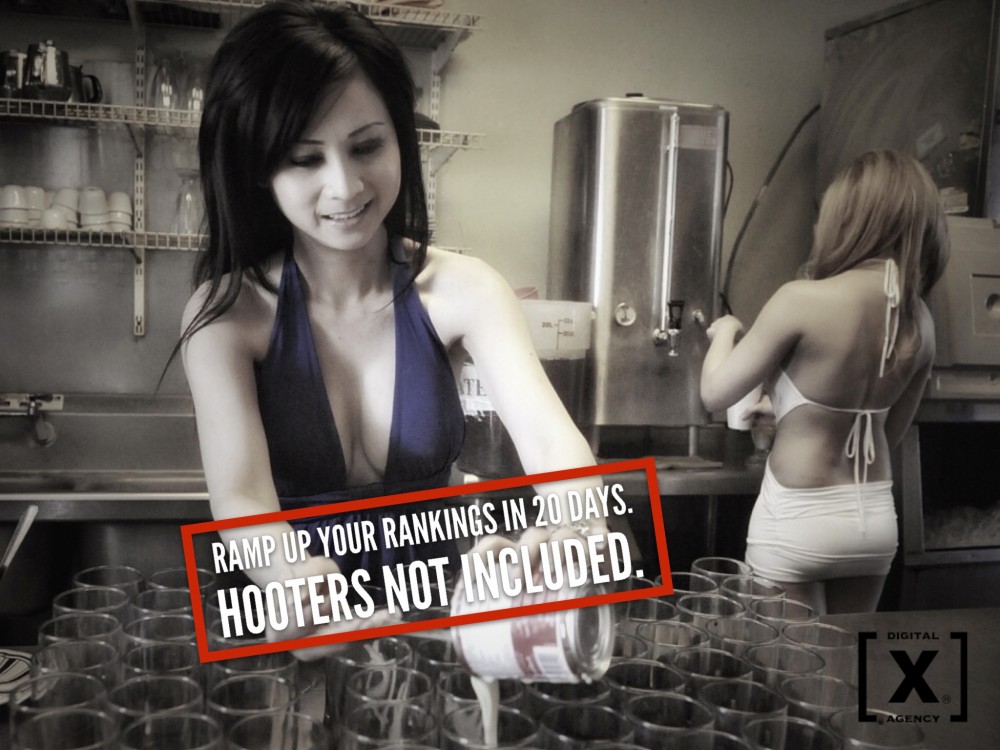Local SEO has always been the saving grace of mom and pop stores when it comes to establishing their online presence. But, the local SEO landscape is changing at lightning fast speed. With Google reducing the Snack Pack to a three-pack and more ads eating the local results, local SEO is becoming a battleground for businesses that want to be relevant in their target area.
The best you can do is to keep on experimenting and adopting strategies until your site gets to that coveted position. To give you a head start, we’ve recently came across the following article of which we’ve summed up the 16 local SEO fixes that will help you ramp up your ranking in 20 days.
Day 1 – 3
1. Speed Up Your Site
2. Optimize for Mobile-Friendliness
3. Implement AMP
Between two pages that deliver the same content, users are likely to stay on the one that loads faster. This is why Google introduced the Accelerated Mobile Pages (AMP) to deliver a better experience to users. While this is not a ranking factor, the need of users to get information as fast as possible is what makes AMP relevant for websites.
Day 4 – 8
4. Create Killer Content
Content will always be one of the pillars of any SEO strategy; 89% of B2B marketers use content marketing as part of their strategies. As the search landscape changes, how people look for and perceive content is also changing.
5. Implement Local Schema Markup
Day 9 – 11
6. Optimize Your Google My Business
Google local results are taking up more space than organic searches, and this means more opportunities to be in front of your target customers. But, the competition for the top spots can be just as fierce.
Your NAP (Name, Address, and Phone Number) and business hours should be correct and consistent.
Choose the appropriate category to list your business – be specific to your industry.
Add photos of your business, give a virtual 360-degree tour, or include your payment methods. Manage and respond to reviews; interact with your customers.
7. Optimize Your Yahoo Local
8. Optimize Your Bing Places for Business
9. Optimize Your Yellow Pages Profile
10. Optimize Your Yelp and Manta Profile
11. Use Localeze to Ensure Business Information Consistency
Day 12 – 14
12. Get users to review you
Statistics show that 68% of customers are likely to trust a business if they read a positive review about it. Reviews provide a strong driving force behind a customer’s purchasing decision. If customers are not sending their feedback, there’s something not right with your business.
Use a strong call to action that encourages customers to leave a review on your site.
Make it easy for them to leave a review or a star rating. There should only be one or two steps that customers have to take when leaving a review.
Follow up with an email request for their review – it pays to be direct. Leverage products that rarely get reviews from customers; it won’t look natural if only a few products get all the reviews.
13. Get vouched for by local institutions
Authoritative links from local institutions can drive more than just traffic to your website. It helps your business gain credibility and shows how you’re getting connections from your local community.
Get accredited by the Better Business Bureau (BBB). Getting a link as an accredited BBB business boosts your credibility and gives customers more reasons to trust your business.
Day 15 – 20
14. Get on social media
Social media can complement your SEO in terms of getting more reach and improving the presence of your business. By combining a strong social presence with your SEO efforts, you can double the traffic that goes into your site.
Automate your social media process; use different tools such as Buffer and Hootsuite to streamline the process of scheduling posts and collecting data from your social media networks.
Use keywords when you post on social media to make your content searchable.
15. Optimize your Facebook for maximum reach
By 2021, the number of Facebook users is expected to rise to 211.7 million. As the Facebook user base grows, so does the opportunities to get your business more presence.
Use OpenGraph tags to improve the performance of your links on your Facebook page and provide structured data of your post, so every element – from your post title to the featured image – will be maximized for higher clickthrough.
Use Domain Insights to know how your content is performing on your Facebook page. This shows you:
Referral traffic coming from Facebook to your website // The number of clicks on social buttons or plugins // Demographic information // Sharing metrics
16. Tap into your YouTube traffic
YouTube is the most popular video platform worldwide; it’s second to Google being the largest search engine in the world. By 2019, the estimated number of YouTube users will amount to 187.8 million. Using YouTube helps your business tap into another traffic source than local organic search.
Use Google’s Keyword Planner tool to get keyword ideas that you can use for your YouTube videos. Use these keywords to optimize your video titles and descriptions.
Make sure your channel has relevant information about your business; fill out your About page and include links to your website and social media sites.
Overlay your videos with calls to action – but don’t overdo it. The key here is to soft sell; lead them to your website and provide them with value-added information that will make them purchase from you.
Changes are far from over. After all, you cannot fully predict what will happen next — you can only be prepared for it and ensure your business stays in top shape when these changes hit.
This article was first published by Itamar Gero on Business2Community



